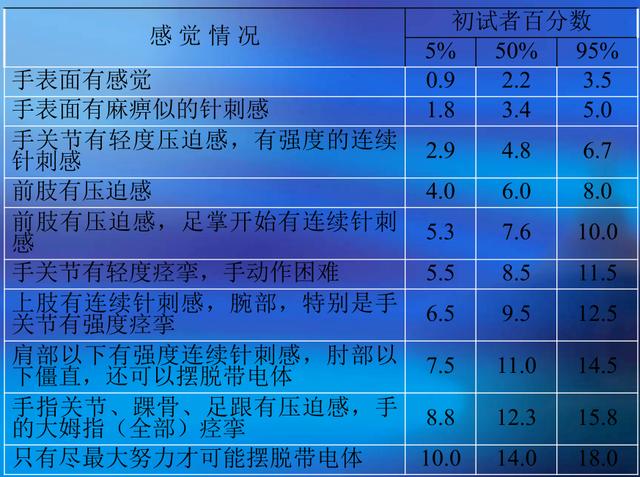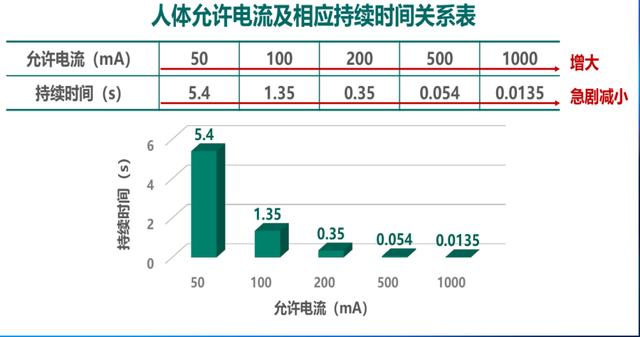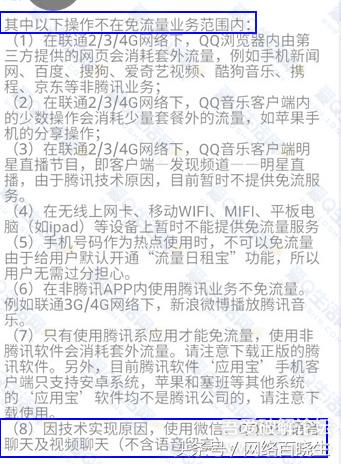电流对人体作用
1.3 The effect of electricity on
the human body. 一、Current damage
电流通过人体时破坏人体内细胞的正常工作,主要表现为生物学效应。电流作用于人体还包含有热效应、化学效应和机械效应。
The current destroys the normal functioning of cells in the human body as it passes through
the body, mainly in the form of biological effects.Current also has thermal, chemical and
mechanical effects on the human body.
电流的生物学效应
The biological effects of current.
电流通过肌肉组织,引起肌肉收缩。在电流对机体直接作用外,还可以对中枢神经系统起作用。由于电流引起细胞激动,产生脉冲形式的神经兴奋波,当这兴奋波迅速地传到中枢神经系统后,后者即发出不同的指令,使人体各部作相应的反应。因此,当人体触及带电体时,一些没有电流通过的部位也可能受到刺激,发生强烈的反应,重要器官的工作可能受到损坏。
电流的生物学效应
The biological effects of current.
The current passes through the muscle tissue, causing the muscle to contract. In addition to the direct action of current on the body, it can also act on the central nervous system. Because the current causes the cells to agitated, producing a pulsed form of nerve excitation waves, when the excitement waves quickly spread to the central nervous system, the latter issued different instructions, so that the various parts of the human body to respond accordingly. Therefore, when the human body touches the charged body, some areas that do not pass through the current may also be stimulated, strong reactions may occur, and the work of important organs may be damaged.
流的热效应和化学效应
The biological effects of current
电流通过人体还有热作用。电流所经过的血管、神经、心脏、大脑等器官将因为热量增加而导致功能障碍。
电流通过人体,还会引起机体内液体物质发生离解、分解,导致破坏。
电流通过人体,还会使机体各种组织产生蒸汽,乃至发生剥离、断裂等严重破坏。
电流通过人体,会引起麻感、针刺感、压迫感、打击感、痉挛、疼痛、呼吸困难、血压异常、昏迷、心律不齐、窒息,心室颤动等症状,严重时导致死亡。
电流的热效应和化学效应
The biological effects of current
The current also has a thermal effect through the human body. The blood vessels, nerves, heart, brain and other organs through which the current passes will be dysfunctional due to increased heat.
The current passes through the human body and can also cause the fluid substances in the body to dissoint and break down, causing damage.
The current passes through the human body, but also makes the body's various tissues produce steam, and even peeling, breaking and other serious damage.
Electric current through the human body, will cause numbness, acupuncture, pressure, pershing, spasms, pain, breathing difficulties, abnormal blood pressure, coma, arrhythmic disorders, asphyxia, ventricle tremors and other symptoms, serious resulting in death.

左手—右手电流途径的实验资料 (单位:mA) 感 觉 情 况

单手—双脚电流途径的实验资料 (单位:mA)
1、The relationship between the extent of the damage and the
current. The greater the current through the human
body, the more obvious the physiological response, the shorter the time required to cause cerprication, the greater the risk of fatality and the more serious the injury. For frequency AC, according to the physiological reaction when different current intensity passes through the human body, the current acting on the human body can be divided into the following three stages:
1、The relationship between the extent of the damage and the
current. The current that causes the sensation At some probability, the minimum current
that can cause sensation when it flows through the human body. The minimum
value of the perceived current is called the perceived threshold.感觉阀限

男女不同感觉阀限
Different people, perceived current and perceived thresholds are different. Women are more sensitive to current, with an average perceived current of about 1.1mA in adult males at a probability of 50%, and about 0.7mA in adult women. For normal humans, the perceived threshold averages 0.5mA and is independent of time factors. Perceived currents generally do not cause harm to the human body, but may cause secondary accidents such as falling from high places due to involuntary reactions. The probability curve of the perceived current is shown in the figure.
2、The current that can get rid of and threshold current.
摆脱电流 At a certain probability, a person can get rid of the
maximum current of the charged body on his own after being electrocuted. The minimum value to get rid of the current is called the get rid threshold. The probability curve to get rid of the current is shown in the figure. At a 50% probability, the average adult male is about 16mA and the average adult female is about 10.5mA. At a 99.5% probability of getting rid of it, adult males had a minimum free current of about 9mA, adult women had a minimum escape current of about 6mA, and children had a smaller escape current than adults. For normal humans, the get-out threshold averages 10mA, regardless of time.

男女不同的摆脱电流1

男女不同的摆脱电流2
3、Heart tremor current.
Refers to the minimum current that causes a heart tremor, which is the heart tremor
threshold. Since heart tremors almost always lead to death, it can be thought that
a heart tremor current is a deadly current.
Experiments show that the chamber tremor current has a great relationship with the current duration. As shown in the figure. The relationship between chamber tremor current and time conforms to the law of "Z" curve. When the current duration exceeds the cardiac throbbing cycle, the man's chamber tremor current is about 50 mA, and when the current duration is shorter than the cardiac throbbing cycle, the human chamber 顫 current is about several hundred milliamps. When the current duration is below 0.1s, such as electric shock occurred during the heart vulnerability period, 500mA or more of the current can cause cervary fibrillation. At the same current, if the current lasts longer than the heart beat cycle, it may cause the heart to stop beating.

Heart tremor current

安全电流

人体允许通电时间
,




